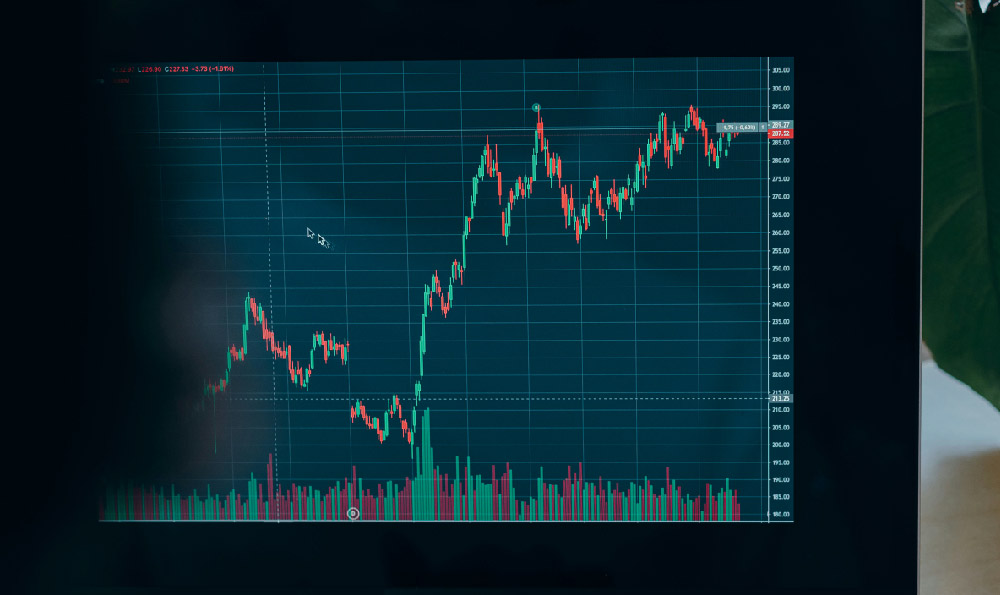The S&P 500, a market capitalization-weighted index of the 500 largest publicly traded companies in the United States, is a cornerstone of many investment portfolios. Its widespread recognition and historical performance often lead investors to ponder its worth as an investment vehicle. Determining if the S&P 500 is a "worthwhile" investment and whether you should invest hinges on several factors, including your individual financial goals, risk tolerance, investment time horizon, and understanding of the market dynamics influencing the index's performance.
One of the primary arguments in favor of investing in the S&P 500 lies in its diversification. By investing in an S&P 500 index fund or ETF, you are effectively buying a small piece of 500 different companies across various sectors of the U.S. economy. This inherent diversification helps to mitigate risk, as the performance of your investment is not solely reliant on the success of a single company or industry. If one company experiences a downturn, the impact on your overall portfolio is minimized by the positive performance of other companies within the index. This is particularly attractive to investors who are risk-averse or prefer a more passive investment approach.
Furthermore, the S&P 500 has historically demonstrated strong long-term returns. While past performance is not indicative of future results, the index has consistently generated positive returns over extended periods, outperforming many actively managed funds. This historical performance is driven by the innovative and growth-oriented nature of the companies included in the index, reflecting the overall strength and resilience of the U.S. economy. The index is periodically rebalanced to remove underperforming companies and add companies that meet the criteria for inclusion, ensuring that it continues to represent the leading businesses in the United States.

The accessibility and low cost of S&P 500 index funds and ETFs are also significant advantages. These investment vehicles are readily available through most brokerage accounts and typically have very low expense ratios, meaning a small percentage of your investment is deducted to cover management fees. This makes them a cost-effective option for investors of all sizes, from beginners with limited capital to seasoned investors with substantial portfolios. The low cost allows more of your investment to work for you, compounding over time to generate higher returns.
However, a critical assessment requires acknowledgement of the potential drawbacks. Investing in the S&P 500, while diversified, is still concentrated in the U.S. market. This means that your investment performance is heavily influenced by the economic conditions and political climate within the United States. If the U.S. economy experiences a significant downturn, the S&P 500 will likely decline, impacting your investment portfolio. Investors seeking broader global diversification may need to consider allocating a portion of their portfolio to international stocks or other asset classes.
Moreover, the S&P 500 is not immune to market volatility. Economic downturns, geopolitical events, and unexpected shocks can all cause significant fluctuations in the index's value. While these fluctuations may be temporary, they can be unsettling for investors, especially those with a short-term investment horizon. Before investing in the S&P 500, it is crucial to understand your own risk tolerance and be prepared to weather potential market downturns. A long-term perspective is often necessary to realize the full potential of this investment.
Whether you should invest in the S&P 500 depends on your personal circumstances. If you are a long-term investor with a moderate to high risk tolerance and are seeking broad exposure to the U.S. equity market, then investing in an S&P 500 index fund or ETF could be a suitable option. However, it is essential to consider your individual financial goals and risk tolerance before making any investment decisions.
For younger investors with a longer time horizon, the S&P 500 can be a valuable component of a diversified portfolio. The potential for long-term growth makes it an attractive option for building wealth over time. However, it is also important to consider allocating a portion of your portfolio to other asset classes, such as bonds or real estate, to further diversify your risk.
For investors approaching retirement or those with a shorter time horizon, a more conservative investment approach may be warranted. While the S&P 500 can still be included in a portfolio, it should be balanced with lower-risk investments, such as bonds, to protect against potential market downturns.
Finally, remember that the S&P 500 is not a "get rich quick" scheme. It is a long-term investment that requires patience and discipline. Avoid trying to time the market or make impulsive decisions based on short-term market fluctuations. Instead, focus on building a well-diversified portfolio that aligns with your financial goals and risk tolerance, and stick to your investment plan through thick and thin. Before investing, always conduct thorough research and consider consulting with a financial advisor to ensure that the S&P 500 is the right fit for your specific needs. A well-thought-out investment strategy, combined with a long-term perspective, is the key to achieving your financial goals.












